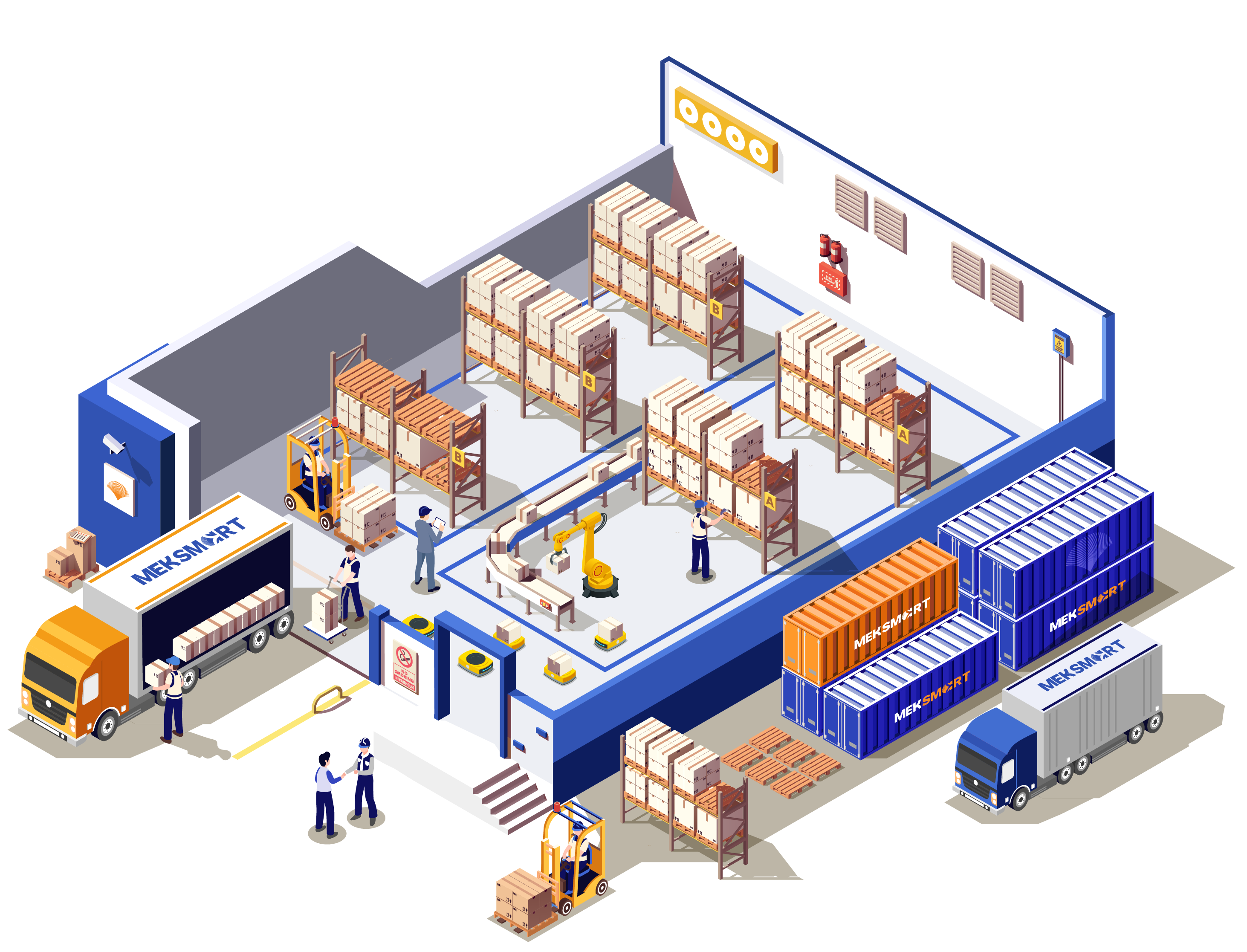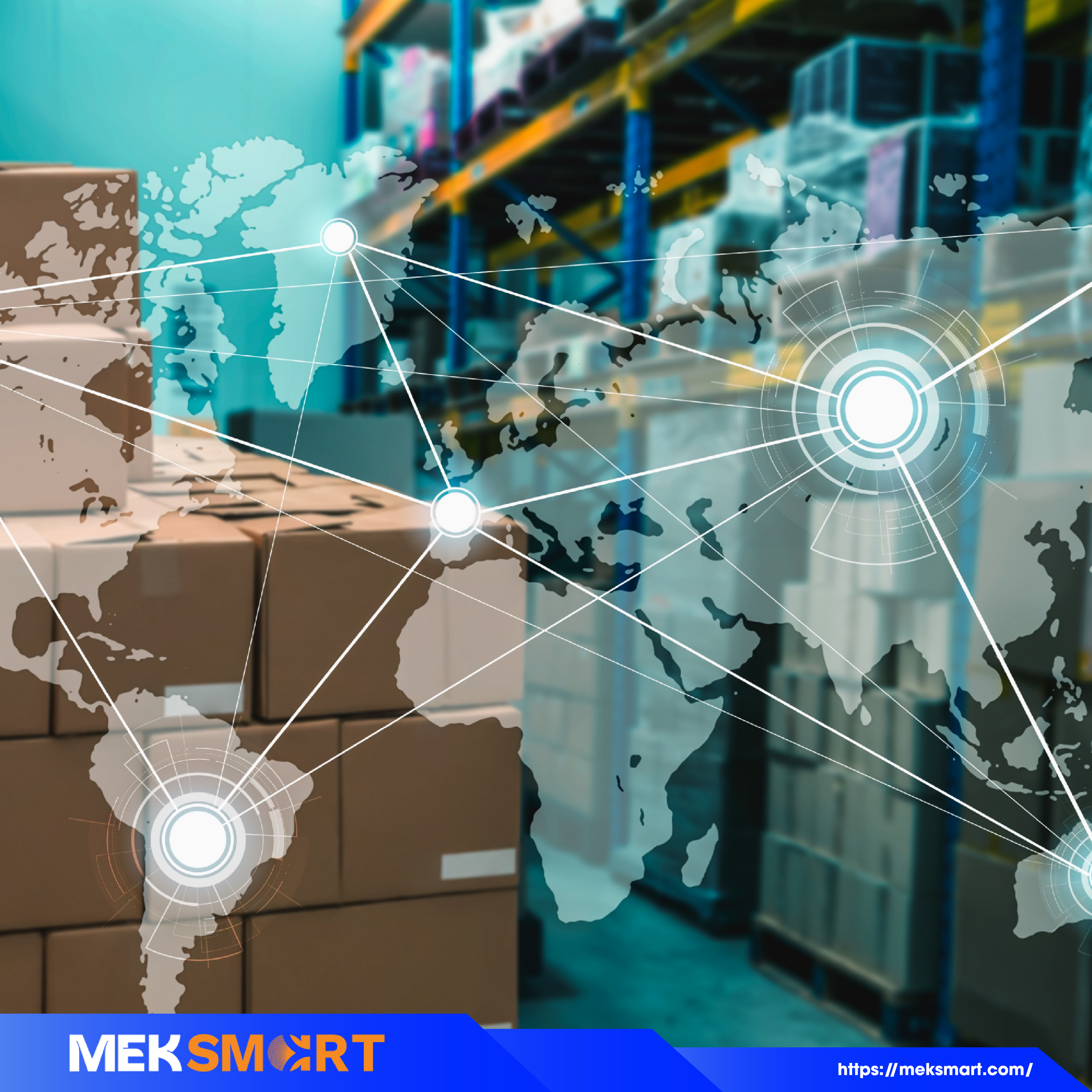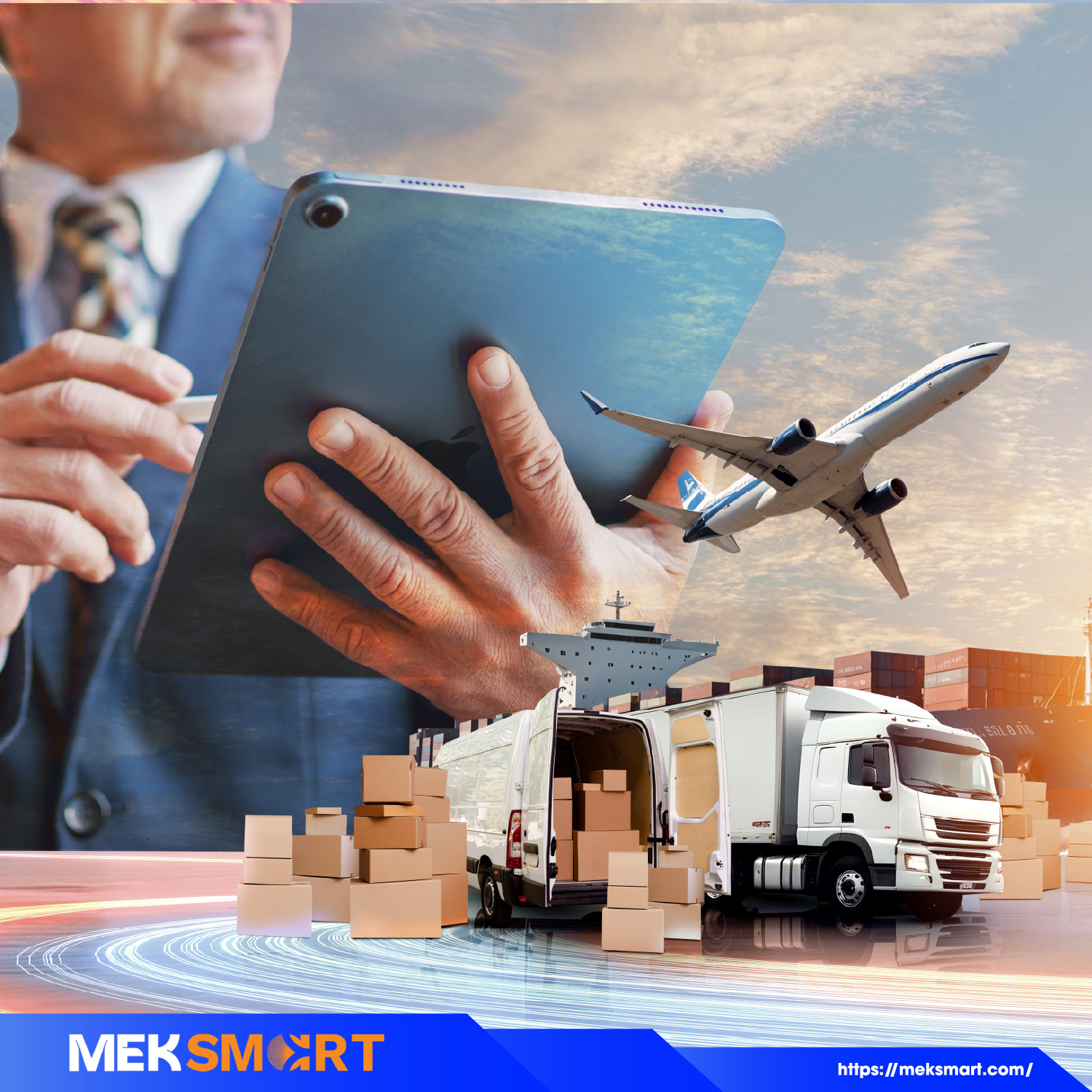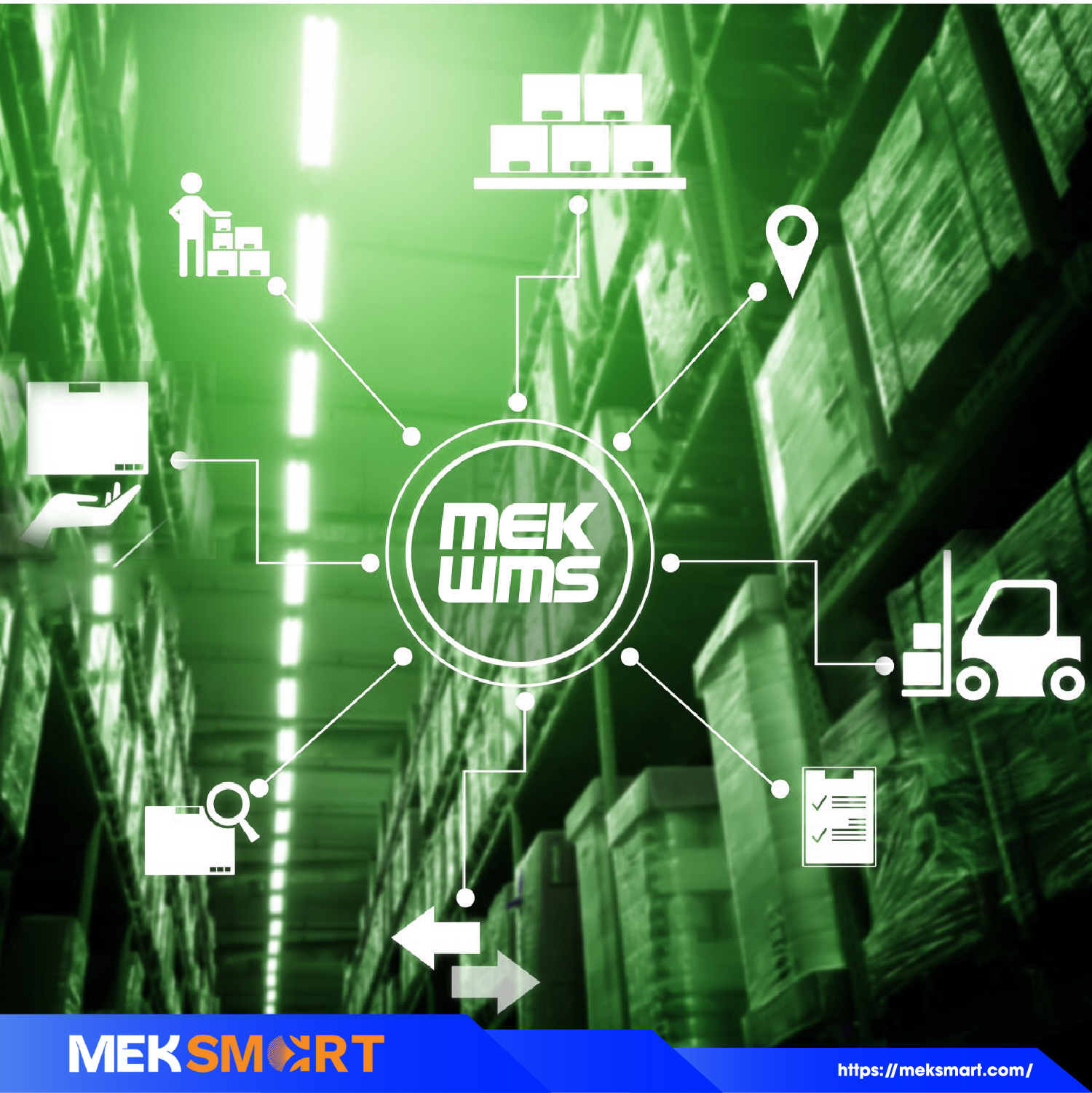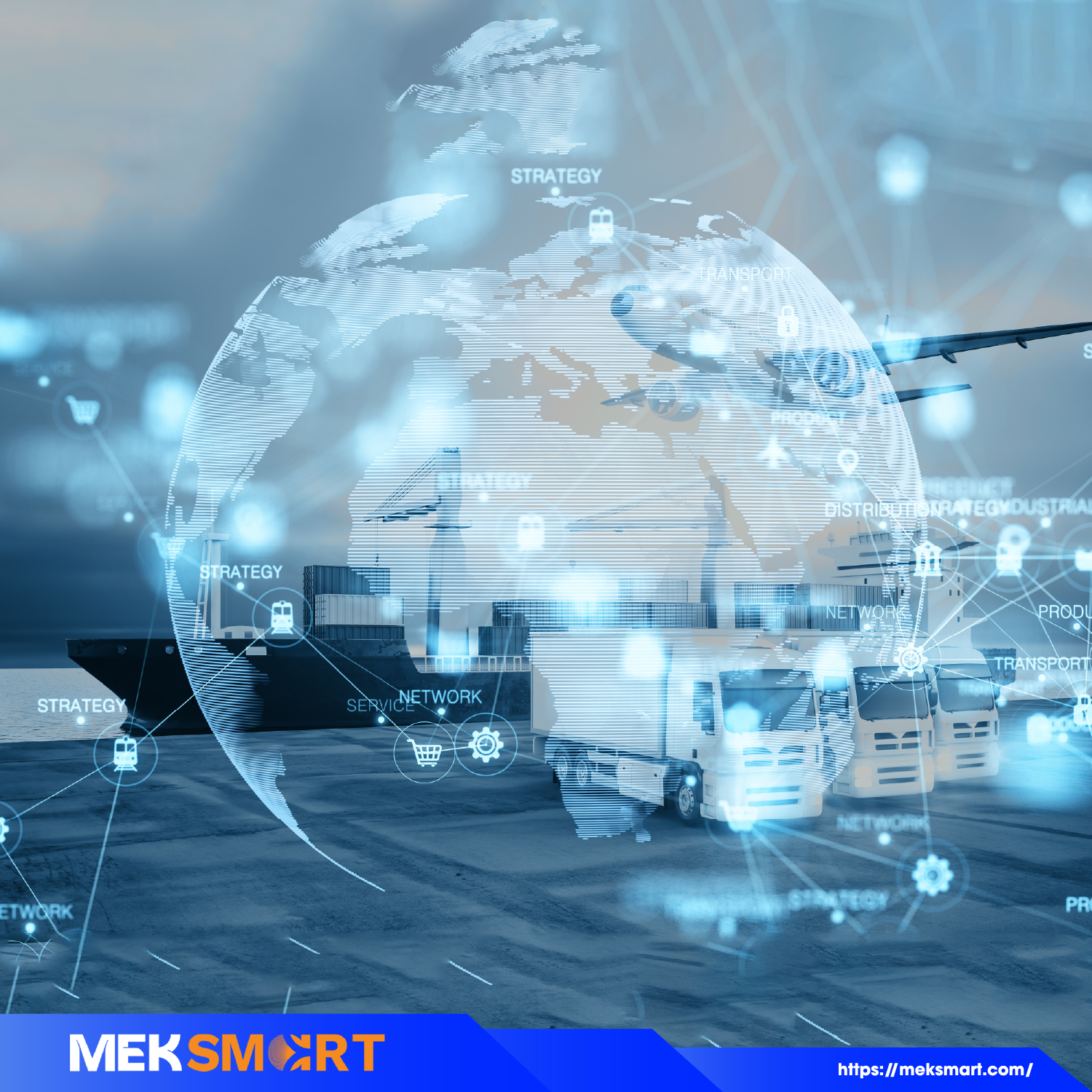MEKSMART
GENERAL NEWS
Author: Meker Meksmart
Update: 08/08/2025
MEKSMART | CHANGE TO DEVELOP OR STAND STAND STILL TO FALL BEHIND? LOGISTICS DEVELOPMENT TRENDS IN THE NEW ERA
The world is constantly changing and in that flow, change is inevitable. If you do not adapt, you will quickly be left behind, "if you do not innovate, you will lose". The logistics industry is no exception, witnessing strong changes to keep up with the pace of modern commercial life.
In the new era, logistics trends open the door to revolutionary changes such as AI technology, digital connection platforms, and smart operational thinking. Instead of just transporting and storing as before, logistics must be smarter, more sustainable and efficient. If you are slow, you will not be able to rise up and be left behind.
But how can you catch up with that trend? Join Meksmart to learn about new-age logistics trends, the opportunities and challenges that come with it, and why innovation is no longer an option, but a prerequisite for survival and development.
1. Current logistics trends
As Vietnam is gradually asserting its position as a logistics service center of Asia and the Pacific region, the Vietnamese logistics industry is also affected by increasingly stringent policies, regulations and international integration requirements.
New generation free trade agreements require Vietnamese enterprises to improve standards and reduce carbon emissions in logistics activities towards sustainable development of the supply chain.
Therefore, the main trend of Vietnam's logistics in 2025 is the dual transformation between digitalization and sustainable green logistics. Specifically:
- Technology 4.0 and automation: Vietnamese enterprises are promoting the application of technologies such as IoT, AI, cloud computing and blockchain to automate processes, increase the efficiency of port, warehouse and delivery management. The e-logistics ecosystem and ePORT system are typical examples.
- Green logistics: The trend of reducing emissions, saving energy and protecting the environment is becoming increasingly evident. Although the level of implementation is still modest, businesses leading in "green logistics" have achieved competitive advantages and long-term cost efficiency.
- E-commerce boom: The development of e-commerce has led to a sharp increase in demand for logistics. Businesses invest in expanding warehouses, developing delivery platforms and optimizing customer experience, contributing to promoting growth of the entire industry.
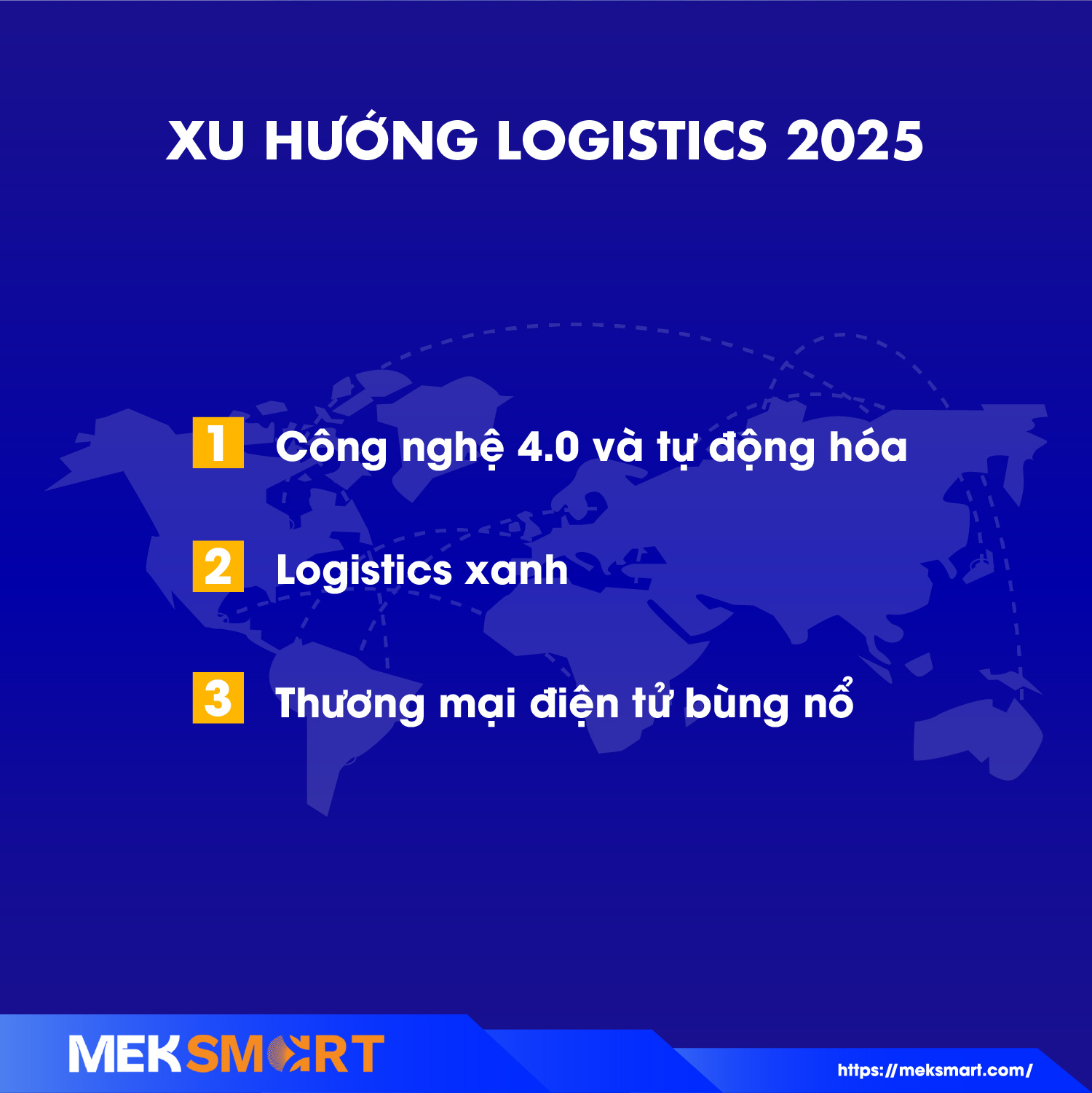
Logistics trends 2025
2. Opportunities when changing and challenges when remaining rigid
In the second half of 2025, the global economy will improve, creating conditions for the logistics industry to transform strongly. With increasingly fierce competition, logistics businesses are forced to quickly adapt to the above major trends. This is a big challenge, especially for small and medium-sized enterprises that are limited in capital, technology and human resources. However, this pressure becomes the driving force for businesses to break through. Transforming in the right direction will bring many advantages:
- Optimize costs and operations: Technology helps speed up processing, reduce inventory and save costs.
- Personalize customer experience: Fast delivery, transparent information, increase satisfaction and loyalty.
- Expand the market: Modern logistics supports cross-border e-commerce.
- Aim for sustainable development: Applying electric vehicles, recycled packaging, optimizing journeys helps businesses meet ESG standards and enhance brand image.
- Increase competitive advantage: Businesses that transform early will surpass in speed and service quality.
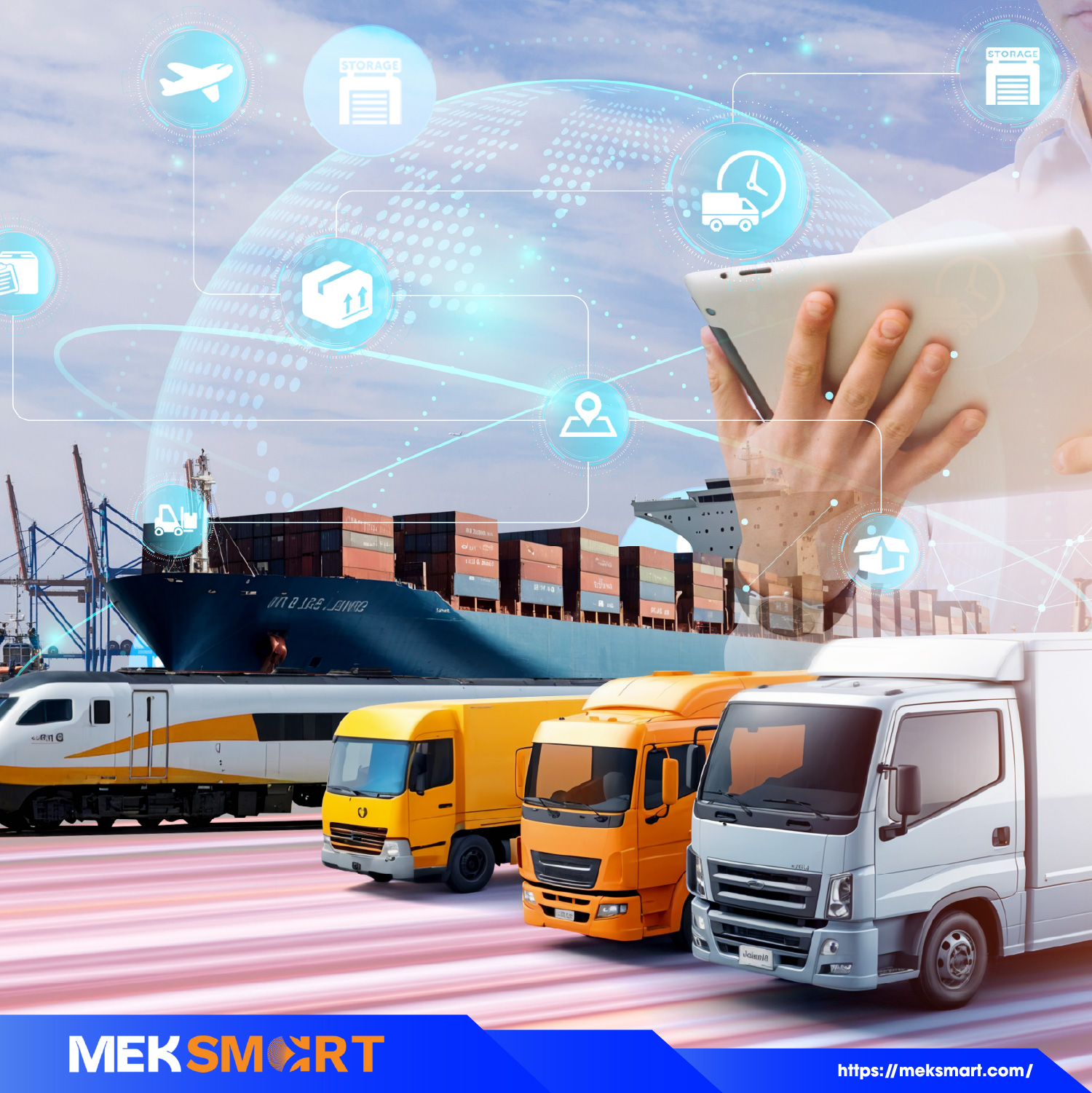
Opportunities for businesses to change to catch up with logistics trends
On the contrary, if they do not change in time, logistics businesses will fall behind in the context of a constantly changing market. Maintaining the old way of operating leads to inefficient operations, increased costs, slow delivery and suboptimal inventory. Businesses are also at risk of not meeting the requirements of customers, partners and international markets, especially sustainable development standards. When they cannot adapt, businesses will miss the opportunity to expand their market and find it difficult to access modern business models such as cross-border e-commerce or on-demand delivery.
3. MEKTMS - Indispensable software for logistics businesses
Digital transformation is no longer a trend but a requirement. Businesses need to start from digitizing warehouse and order management, to investing in specialized logistics software. For professional transportation management, Meksmart offers the MEKTMS solution to help solve
MEKTMS is a modern transportation management system that helps businesses optimize routes, assign drivers, and divide goods reasonably, thereby reducing the number of empty trips and saving logistics costs. With the ability to automate planning in just a few minutes, MEKTMS helps to significantly improve operational efficiency.
The system also supports real-time tracking of vehicle and cargo status, helping to comprehensively manage the delivery journey. Businesses can closely control transportation contracts, fuel costs, vehicle maintenance and driver management in a synchronous manner.
In particular, MEKTMS easily integrates with ERP, WMS, CRM systems, creating a closed, transparent and efficient operating chain. In the context of fierce competition, MEKTMS is an essential solution to help businesses improve capacity, save costs and serve customers better.
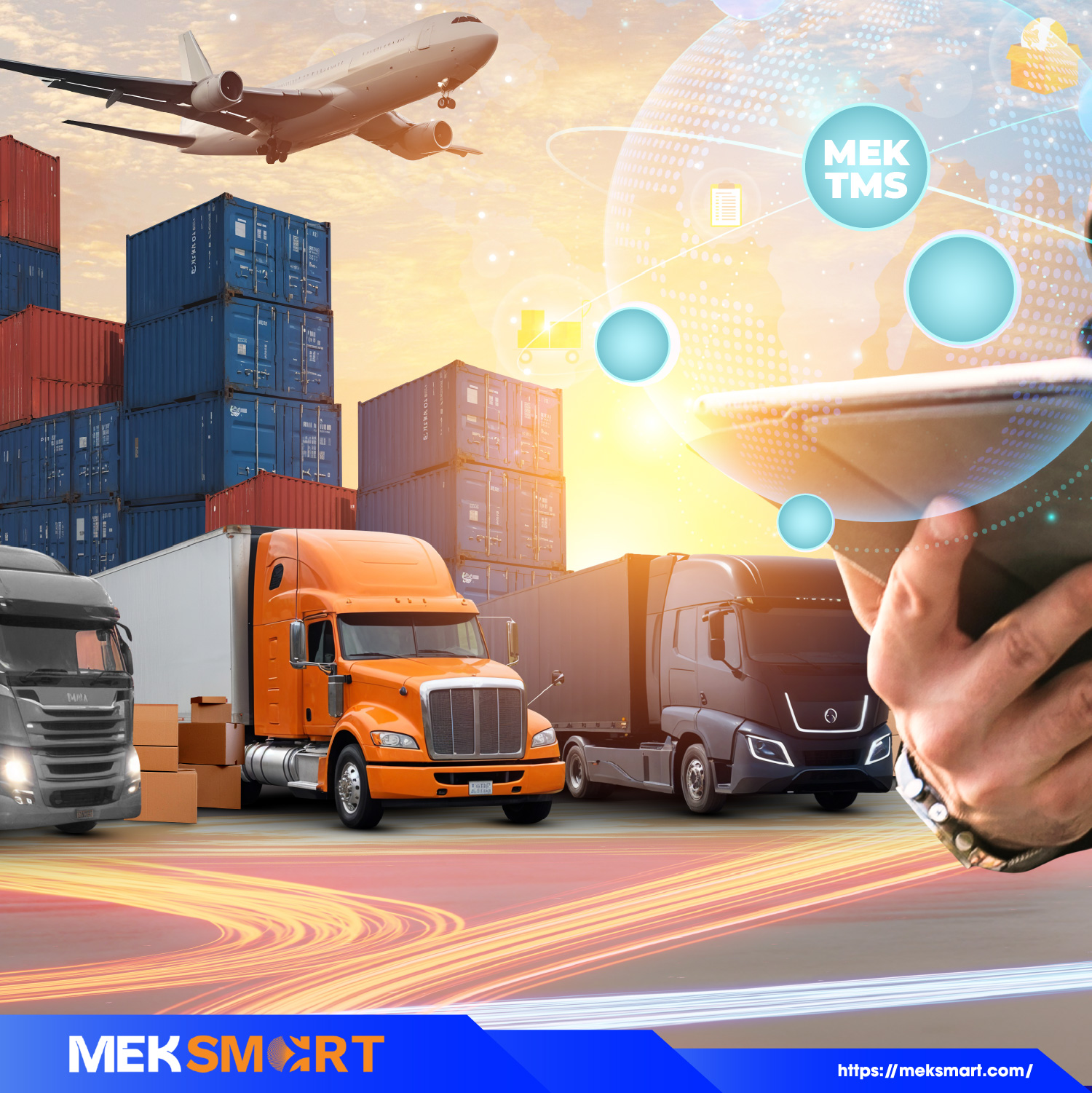
MEKTMS is a solution to stay ahead of logistics trends
Conclusion
No industry can operate in the old way forever, and logistics is no exception. Businesses that stand still will soon be left behind by the market. On the contrary, those who dare to change, apply technology, invest in human resources, and keep up with logistics trends are the ones who will grow strongly and sustainably. Change is not easy, but falling behind is always more expensive.
